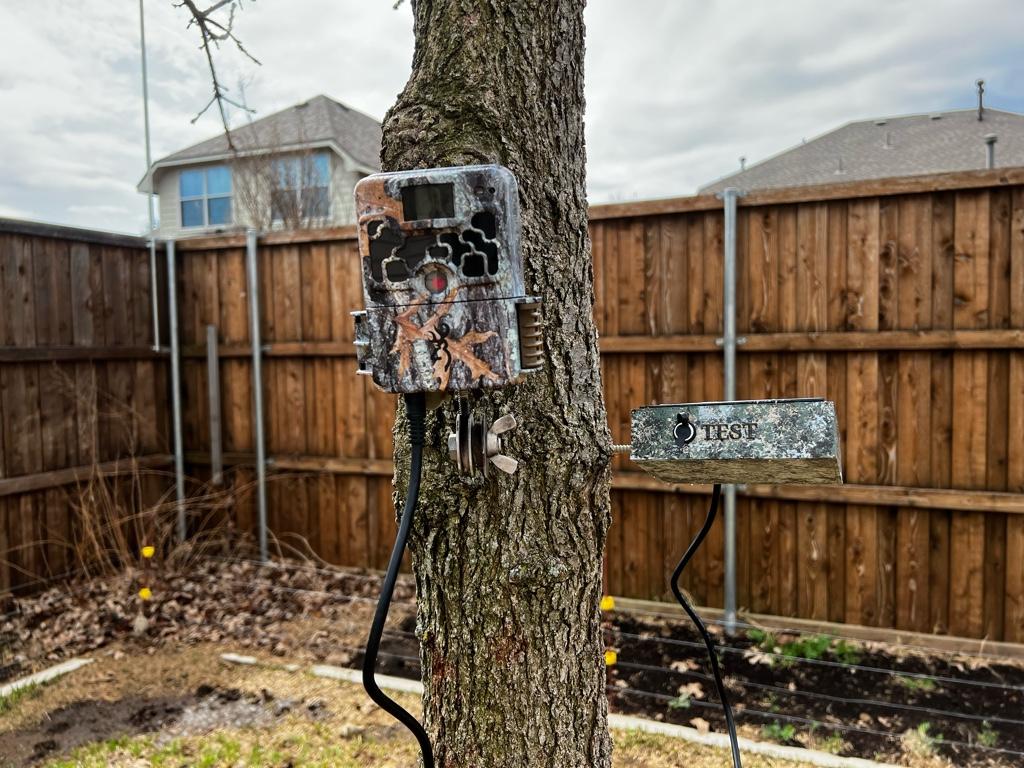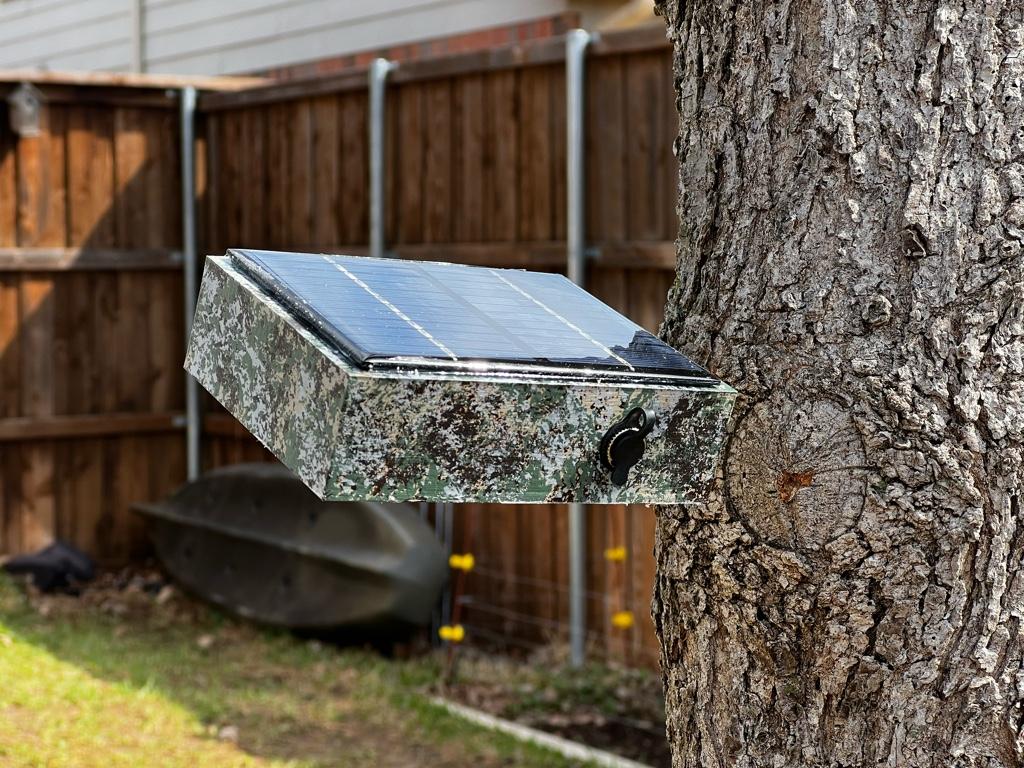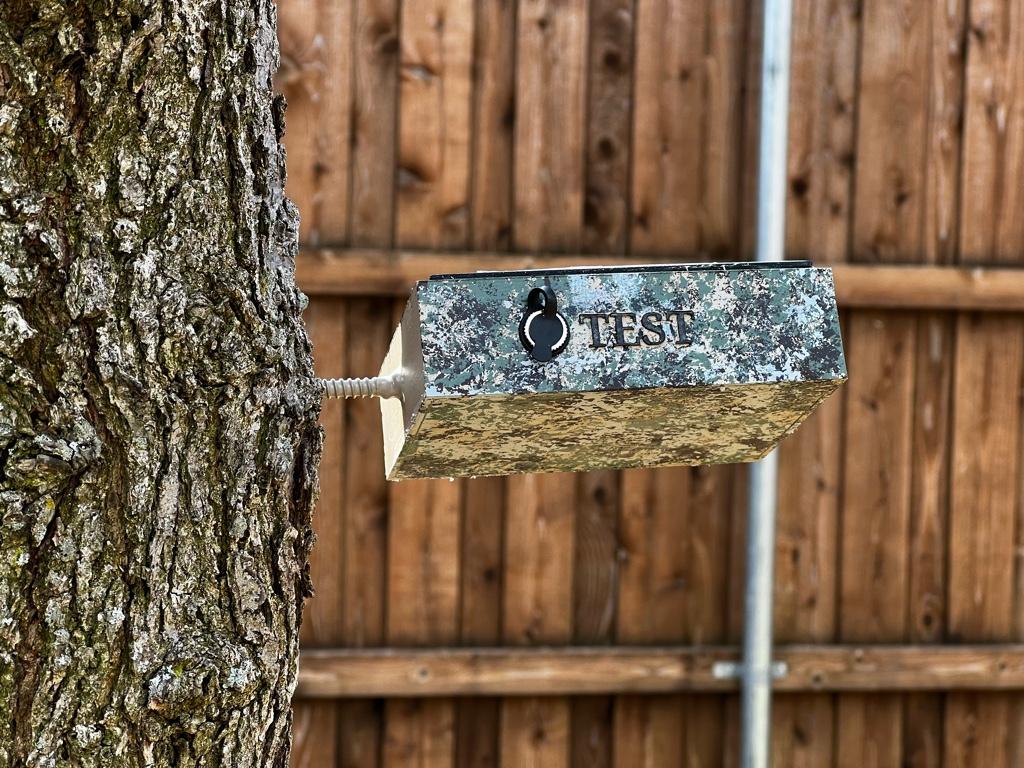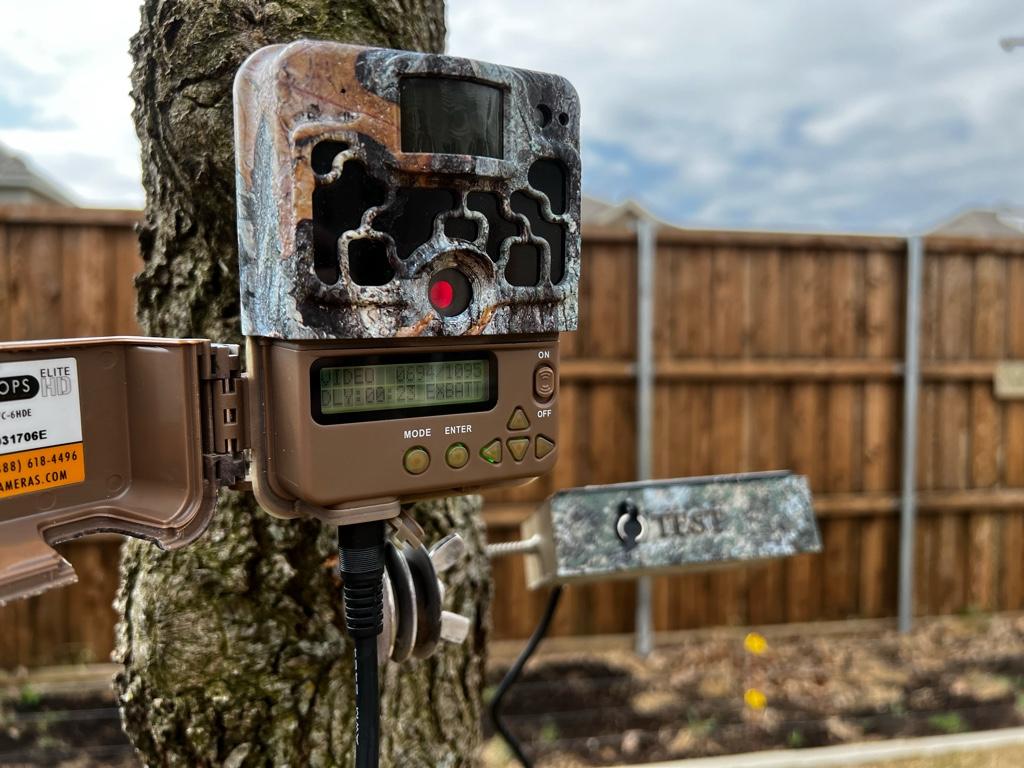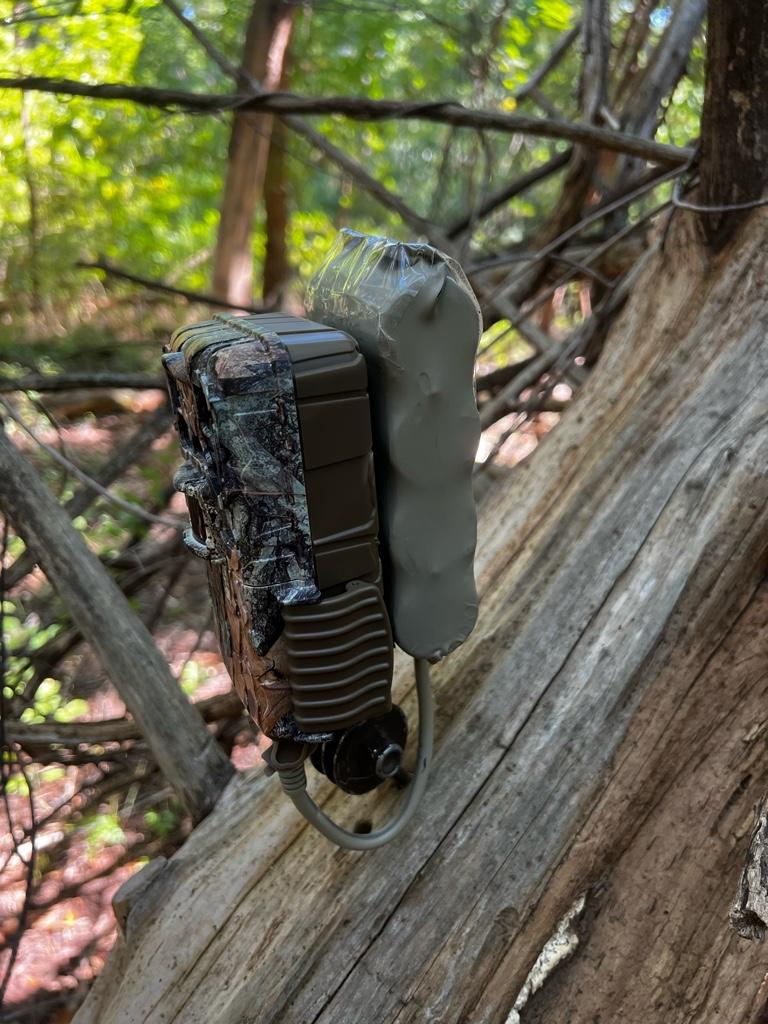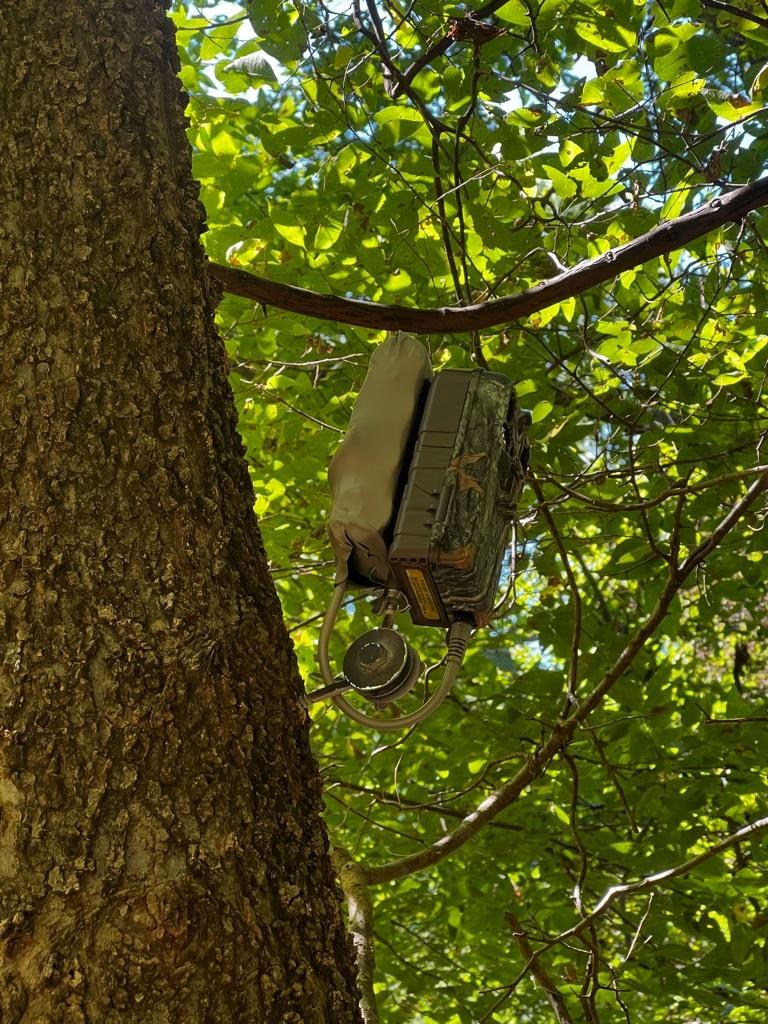I’m only running no internal batteries at home to see how well the packs hold up. I have it on max settings in the yard so the dogs will trigger as many videos as possible. With the Gen 1 solar setup, i was able to fill a 128gig memory card in about a week using the same test. I already have almost 400 videos in the last 24 hours, which is about half of my average for a 6-9 month set. I’m kind of considering this a torture test before deploying into the woods.
The 2,800MaH 12V pack alone should last months without the solar added, assuming external power usage is as efficient as it is for internal batteries.
With a set of 8- 3,300mah AA’s in one of these cameras, I can easily get 6-9 months of power. Add a 2,800mah 12 volt pack to that and I should get over a year, add the solar panel to that and I should be almost indefinite. In full sun, this panel should run about 125mA which would require about 26 hours to charge the pack from 20%-100%. Let’s call it 35 hours of full sun equivalent to make up for resistance loss. I am confident that in the few months (minimum) the battery would take to discharge down to 20% that the panel will receive at least 35 hours total of full sun equivalent exposure. Heck, I only need to average 1 hour a day to beat those requirements.
Sent from my iPhone using Tapatalk

